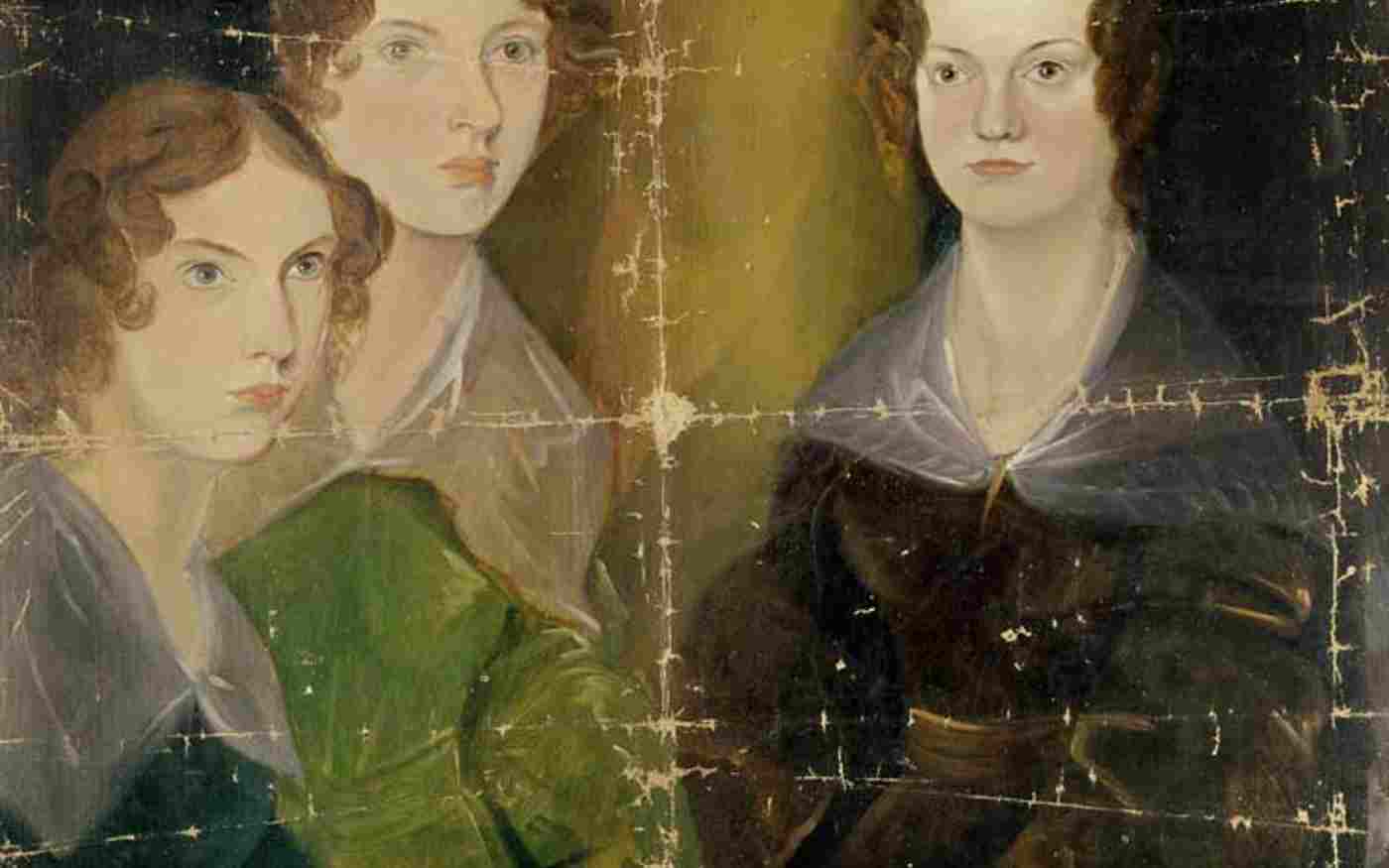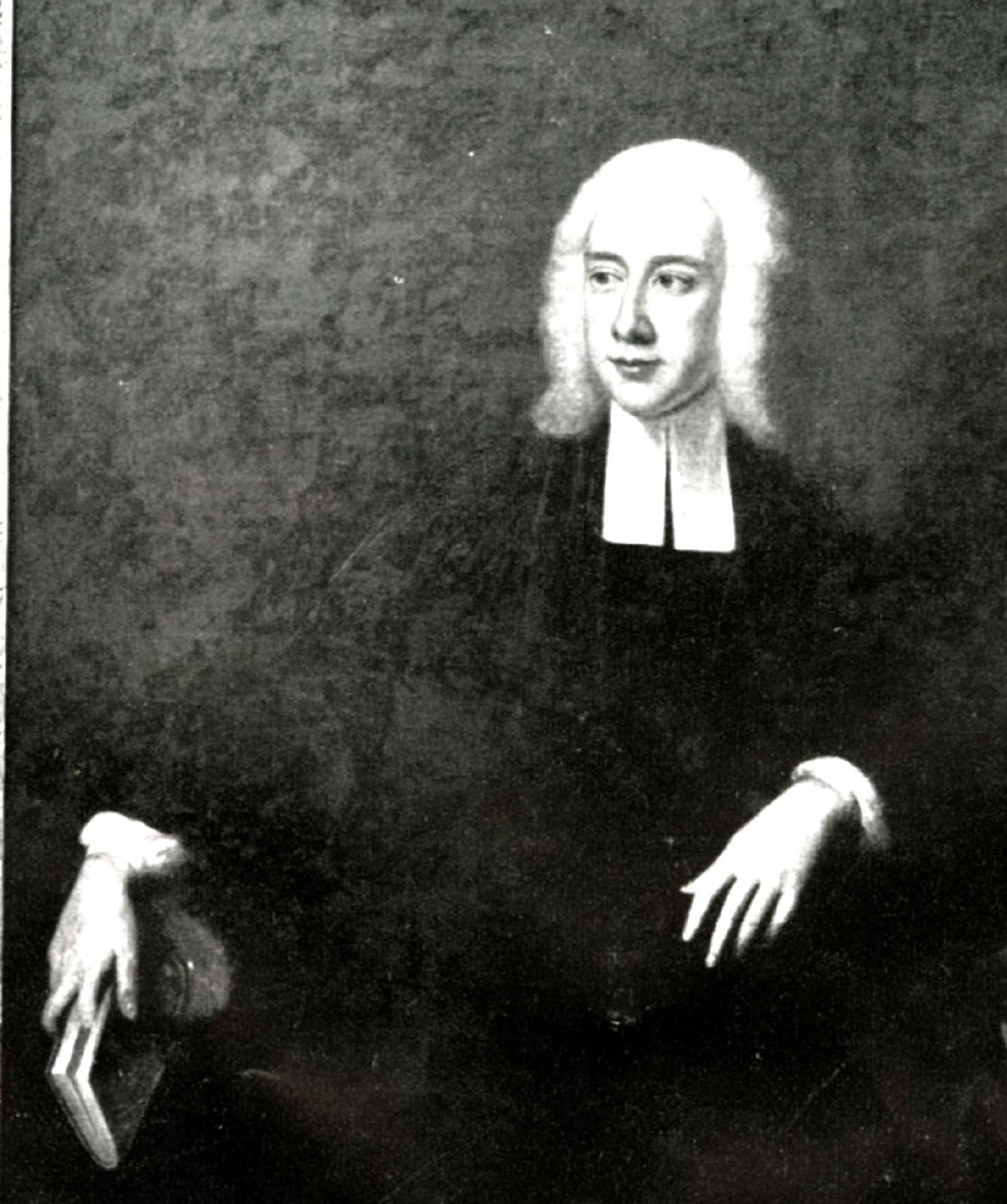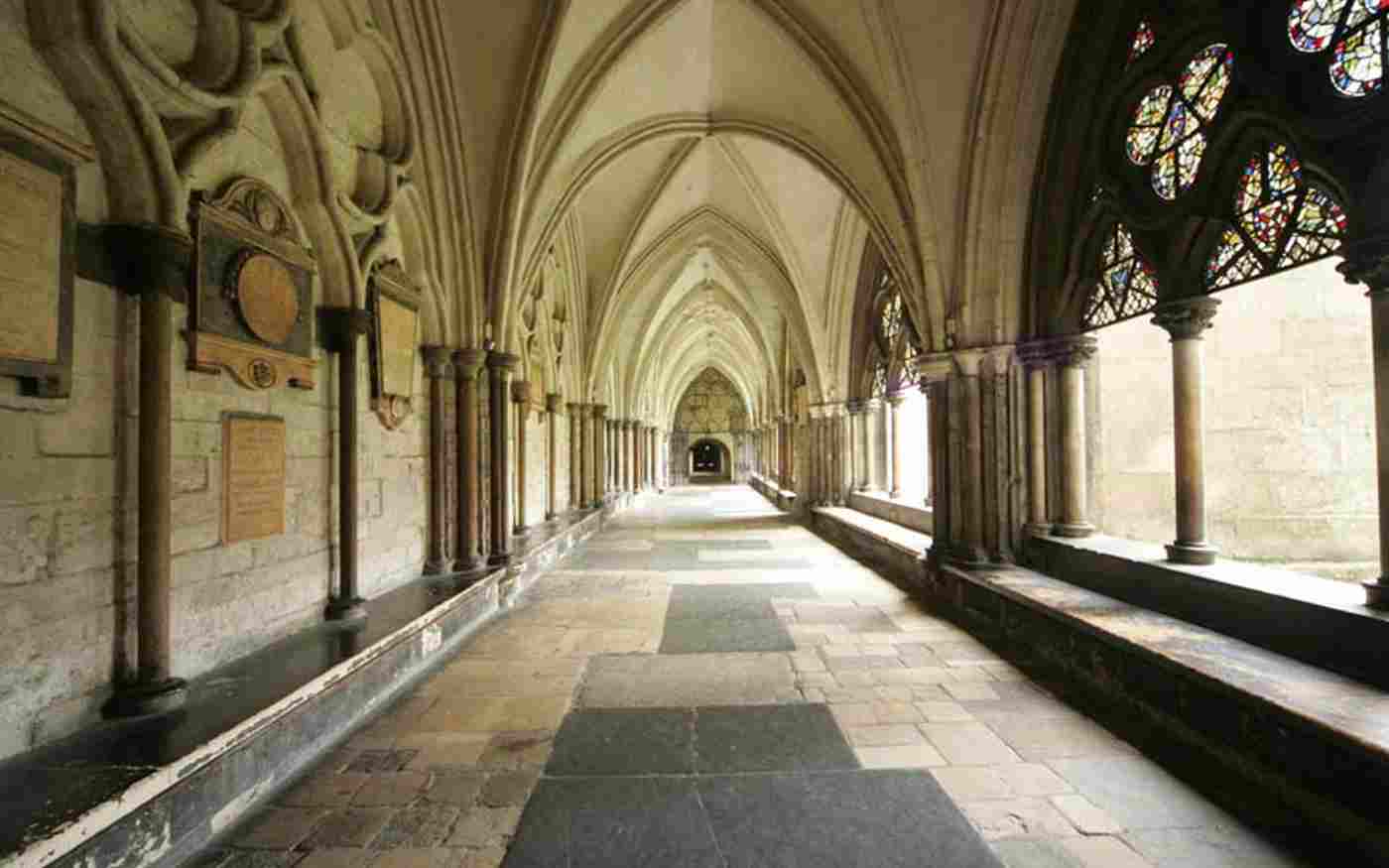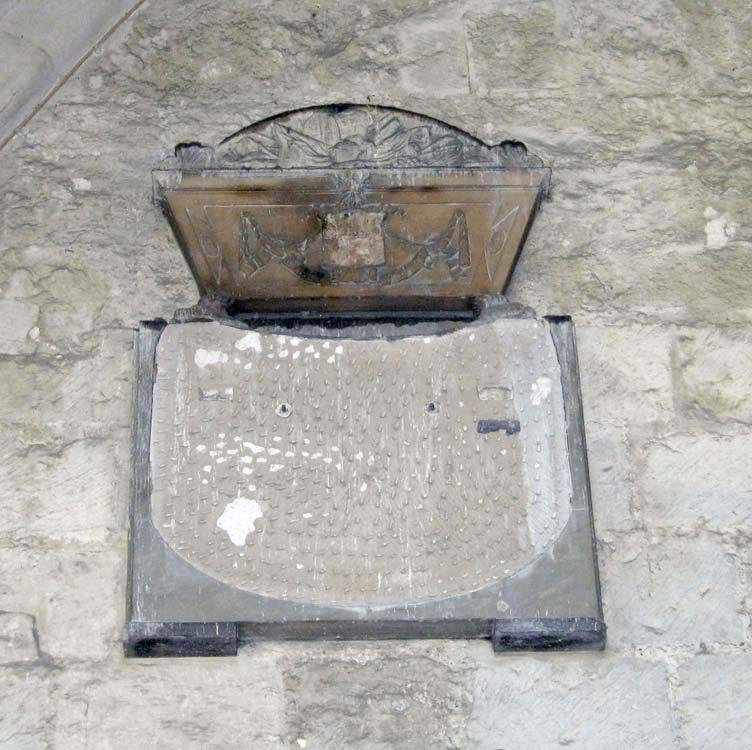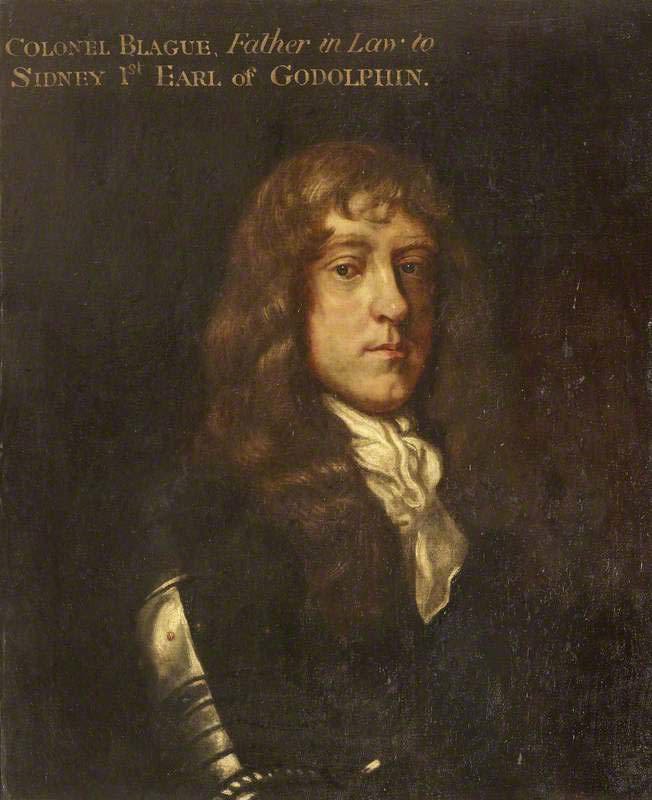In the north transept of Westminster Abbey is a black and white marble monument to William Cavendish, Duke of Newcastle (1593-1676) and his wife Margaret (1623?-1673). This was erected in his lifetime and is by sculptor Grinling Gibbons.
His Life
William was born at Handsworth manor in Yorkshire, a son of Sir Charles Cavendish (d.1617 - son of Sir William Cavendish and Elizabeth (Bess) Hardwicke) and his second wife Catherine, Baroness Ogle (d.1629) (daughter of Cuthbert, 7th Baron Ogle). A writer, patron of the arts and Royalist army officer William was created Viscount Mansfield and later Duke of Newcastle. At Bolsover Castle he built a magnificent riding house and was responsible for the interior decoration in the Little Castle there. He wrote plays and poems and works on horsemanship and was a friend of Ben Jonson and Dryden. For his devotion to King Charles I he was known as 'the Loyal Duke' and he spent vast sums on the Royalist cause. He went into exile after the battle at Marston Moor.
In 1645, while taking refuge in Paris during the English Civil War, he married Margaret Lucas, a maid of honour to Queen Henrietta Maria. She was a child of Thomas Lucas (died 1625) of Colchester in Essex and his wife Elizabeth Leighton. Her brothers were Sir Thomas Lucas (1598-1649) and John (later Baron Lucas of Shenfield). She wrote verses, poems, essays and a biography of her husband. Margaret died suddenly at Welbeck Abbey in Nottinghamshire on 15th December 1673. On her death William published all her letters and poems. He died on 25th December 1676 and was interred beside her.
He had children by his first wife Elizabeth Bassett (see inscription) but none by Margaret.
Monument
The recumbent effigies show the Duke in his armour and robe wearing his wig and coronet, lying on a rush mattress, wearing the chain of the Order of the Garter and holding a baton, and the Duchess in an ermine-edged robe holding an open book, a pen-case and ink horn (ink pot), in reference to her prolific literary output. There is an heraldic achievement at the top, with a lion and a bull for supporters and a snake for a crest. The coats of arms are: "three bucks heads caboshed" (for Cavendish) quartering "a fess between three crescents" (for Ogle).
At either side of the lower inscription panel is Roman armour and military trophies, with a further shield of the above arms and one of the Lucas arms: "a fess between six annulets" [rings]. On the south end of the tomb base are carved seven large books.
Inscriptions
Her inscription on the base, most probably written by the Duke, is in English:
Here lyes the Loyall Duke of Newcastle and his Dutches his second wife, by whome hee had noe issue, her name was Margarett Lucas yongest sister to the Lord Lucas of Colchester a noble familie for all the Brothers were Valiant and all the Sisters virtuous. This Dutches was a wise wittie & learned Lady, which her many Bookes do well testifie. She was a most Virtuous & a Loveing & carefull wife & was with her Lord all the time of banishment & miseries & when he came home never parted from him in his solitary retirements.
William's inscription is in Latin and was added after the Duke's death by Sir William Dugdale. This can be translated:
Here lies that renowned hero, William Cavendish, Knight of the Bath, and Baron Ogle, in right of his mother, Viscount Mansfield, and Baron Cavendish of Bolsover, Earl of Ogle, Earl, Marquess and Duke of Newcastle upon Tyne, Lord Lieutenant of the Counties of Nottingham and Northumberland, first Lord of the Bedchamber to the King, Guardian to Prince Charles, Privy Counsellor to the King, and Knight of the most Noble Order of the Garter. A nobleman, who showing abundant fidelity and courage to the King's Majesty, at the beginning of the Grand Rebellion, was deservedly made Captain General of the Forces raised in the north of the Kingdom. In several battles (which he soon won) and in defending the City of York against the Scots, he gave proofs in all respects of his integrity and unshaken courage; for which reason, when the Rebellion grew strong (being one of the first destined for death), he left his home, and with great resolution endured a long exile. He first married Elizabeth, only daughter and heir of William Bassett of Blore in the County of Stafford, Esquire; who bore him sons, Charles who died without issue, and Henry, heir of the Honours; Daughters Jane, married to Charles Cheney of Chesham-Bois; Elizabeth to John Earl of Bridgwater, and Frances to Oliver Earl of Bolingbroke. He died the 25th of December in the year of Redemption 1676, and of his age the 84th.
Further reading
Oxford Dictionary of National Biography for William and Margaret
"Life of William Cavendish, Duke of Newcastle" by Margaret Cavendish, edited by C.H. Firth, 1906
"Letters and poems in honour of...Margaret...", London 1676
"Margaret the First: a biography of Margaret Cavendish..." by D.Grant, 1957
"Mad Madge. Margaret Cavendish, Duchess of Newcastle..." by Katie Whitaker, 2003
"Funeral monuments of the Cavendish family" by Eva Lauenstein in A companion to the Cavendishes, edited by L.Hopkins and T. Rutter, Amsterdam, 2020.
Bolsover Castle is open to the public

This image can be purchased from Westminster Abbey Library
Image © 2025 Dean and Chapter of Westminster

This image can be purchased from Westminster Abbey Library
Image © 2025 Dean and Chapter of Westminster

